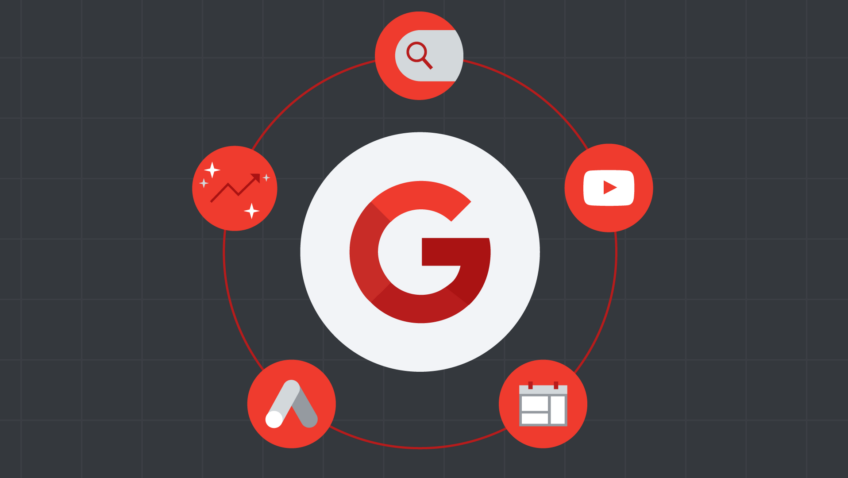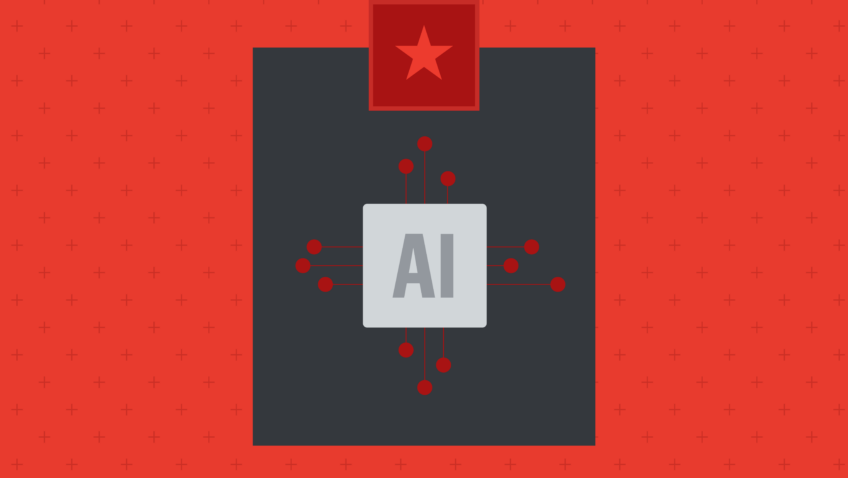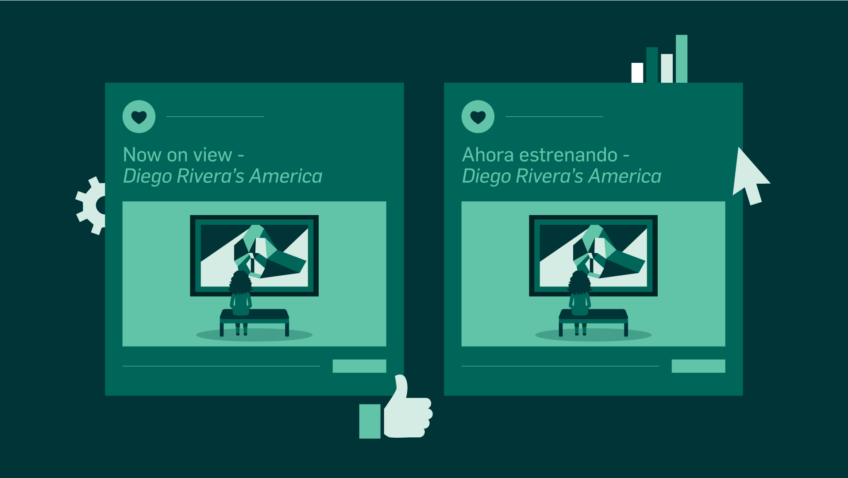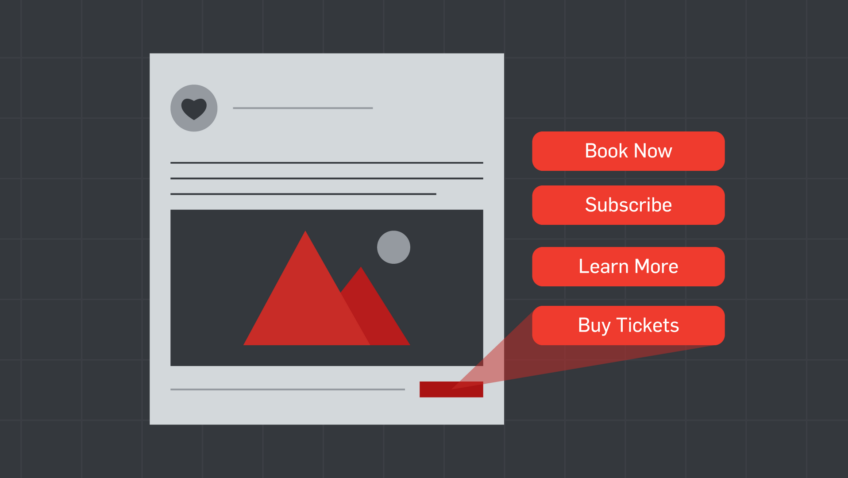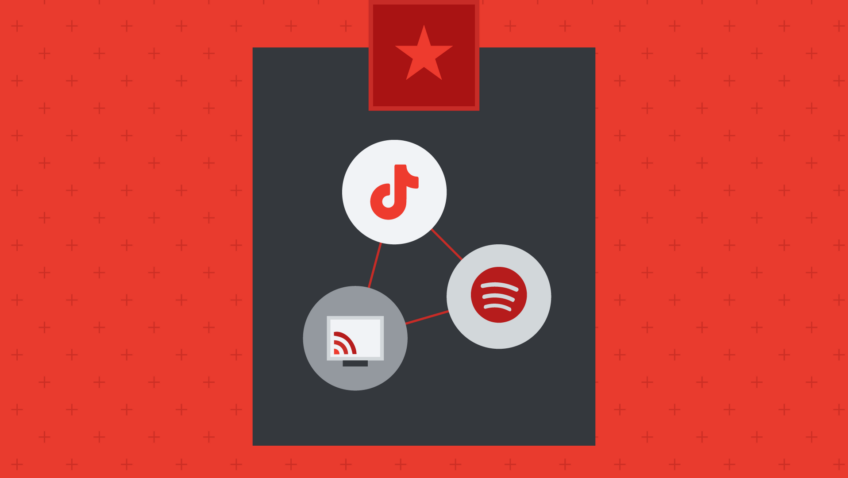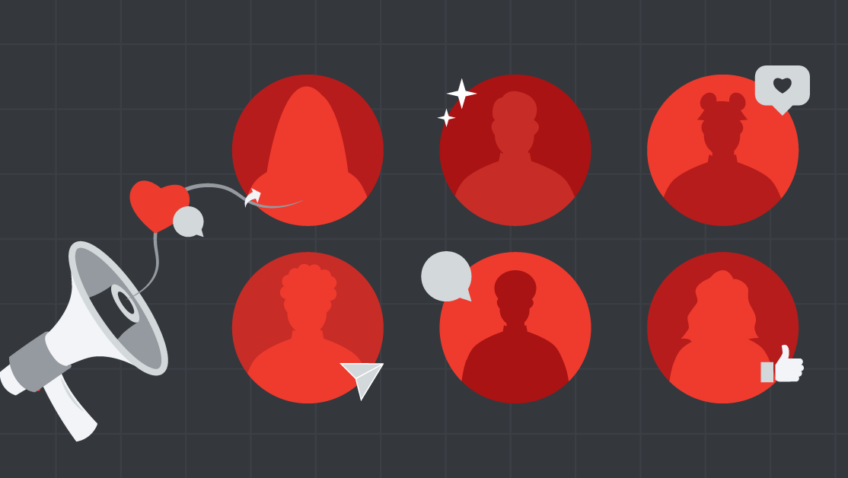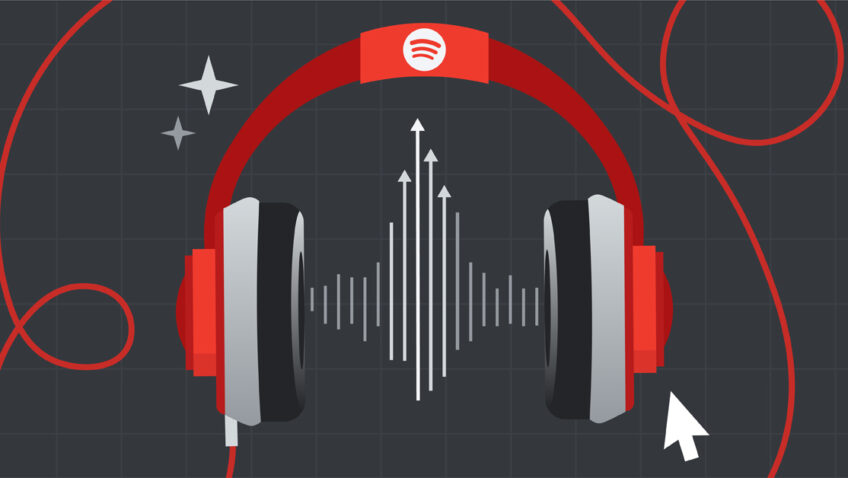More Ticket Sales or Perfect Measurement?

One of the most powerful things about digital advertising is the ability to measure results. But the ability to measure results should influence your strategy, not dictate it.
Digital measurement is still evolving and it’s very complex. There is no system that allows marketers to measure everything perfectly.
Two companies control a large share of the most powerful and effective digital marketing platforms: Google and Facebook.
Google dominates search and display with Google search, the Google Display Network, and the DoubleClick platform. Facebook dominates social with Facebook and Instagram. Both also offer powerful video platforms within their infrastructures. However, the two companies are rivals and they do not always play nicely with each other, particularly when it comes to cross-platform measurement.
This next part is going to get a little technical, but it will pay off. Before 2012, Facebook did not allow any outside platforms to serve ads on its inventory. The launch of Facebook exchange (FBX) allowed third-parties to essentially use Facebook inventory as part of a display network buy. For example, if you were running a display campaign with a platform, like AdRoll, you could serve a remarketing banner on CNN or the New York Times. You could also serve a remarketing ad on Facebook – it just required that you create separate ads that look like Facebook ads.
In 2013, Facebook struck a deal with Google that allowed DoubleClick (Google’s ad server) to serve and measure ads on Facebook. Now Facebook ads can be included in the attribution modeling of DoubleClick campaigns, providing a fuller picture of the steps to conversion across platforms.
However, there is a very important distinction and it’s the most important part of this blog post: serving an ad on Facebook via DoubleClick or another third-party ad server is nowhere near as powerful as executing a strategic Facebook campaign using Facebook’s native storytelling tools and targeting methodologies.
Facebook does not allow third-party tracking for any of its custom audience solutions. This includes some of Facebook’s most effective targeting methods like website retargeting, CRM lists (upolading email addresses), and Lookalike audiences.
As an advertiser you have two choices:
1) Have a full attribution picture by serving third-party ads on Facebook. (Note that these ads do not look like organic social content — they look like ads).
2) Use native Facebook advertising to its full capacity (including the ability to precisely measure your Facebook campaigns) but lose the full attribution picture—meaning you can’t add your Facebook sales with your other channels without the risk of double counting.
Without any doubt, I firmly believe #2 is the much smarter path for arts marketers.
Native Facebook advertising is the most powerful advertising tool to sell tickets and admissions. Hands down.
At Capacity Interactive, we consistently see returns from 100% to 2000%+ on Facebook campaigns for our arts clients in addition to the social engagement, lead generation, and endorsement capabilities of native Facebook campaigns. We don’t believe in serving Facebook ads but rather promoting organic Facebook content using native Facebook tools and targeting.
Here’s why:
1) Facebook has the most sophisticated targeting capabilities because every user has logged in. Facebook knows not only first-party information, like every user’s email address, but also their interests and friends. This allows very strong matching of email addresses for CRM targeting. Plus, Facebook offers incredible Lookalike modeling based on CRM lists, fans, and remarketing pools. Again, third-party tags are not allowed on many of the more powerful targeting methods like CRM, retargeting, or Lookalikes.
2) Facebook has near perfect cross-device conversion attribution because users log in on all devices. We can connect mobile and desktop behavior. Google/ DoubleClick relies on cookies, which are problematic on mobile.
3) Native Facebook campaigns allow for the enormous benefit of being able to tell stories across a series of posts that feel organic and deepen your fans’ day-to-day engagement with your content and your organization. Instead of ads which feel much more like, well, ads. Facebook offers native ad units that allow for storytelling from videos to carousel ads to slideshows. This is fundamentally important for arts marketing and you can tell the difference simply by looking at the engagement of ads vs. promoted posts.

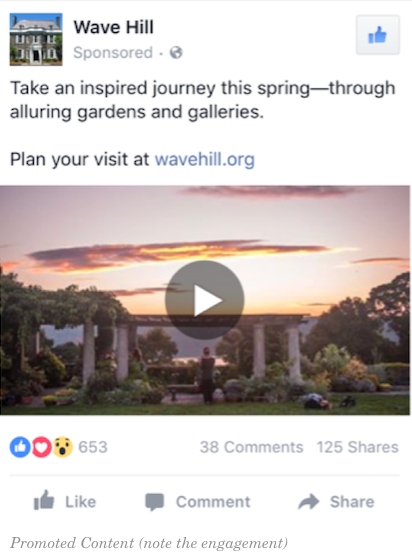
4) Facebook is a social platform, so campaigns are enhanced from social sharing. No other platform allows promoted content to be so widely shared. Your investment stretches via user endorsement for free.
5) Facebook is addictive. The average user spends 51 minutes per day on Facebook’s platforms. Plus, over 1.5 billion web users have accounts. You want your participation to be native to what is driving this engagement. And that’s not third-party ads.
By merely serving ads on Facebook via a third-party, like DoubleClick, and treating the platform like any other publisher website, you miss out on these critical benefits.
The choice is clear. Of course you should measure your Facebook campaigns using the very powerful and accurate Facebook conversion tracking. Use that data to optimize and improve your efforts. But don’t let the ability to measure a campaign fully across platforms blind you to making smarter choices that will ultimately result in more sales and more engagement. That’s why you are advertising in the first place.

*the Facebook Atlas platform does allow full measurement but has gaps of its own, like YouTube, which can’t be measured on Atlas.

